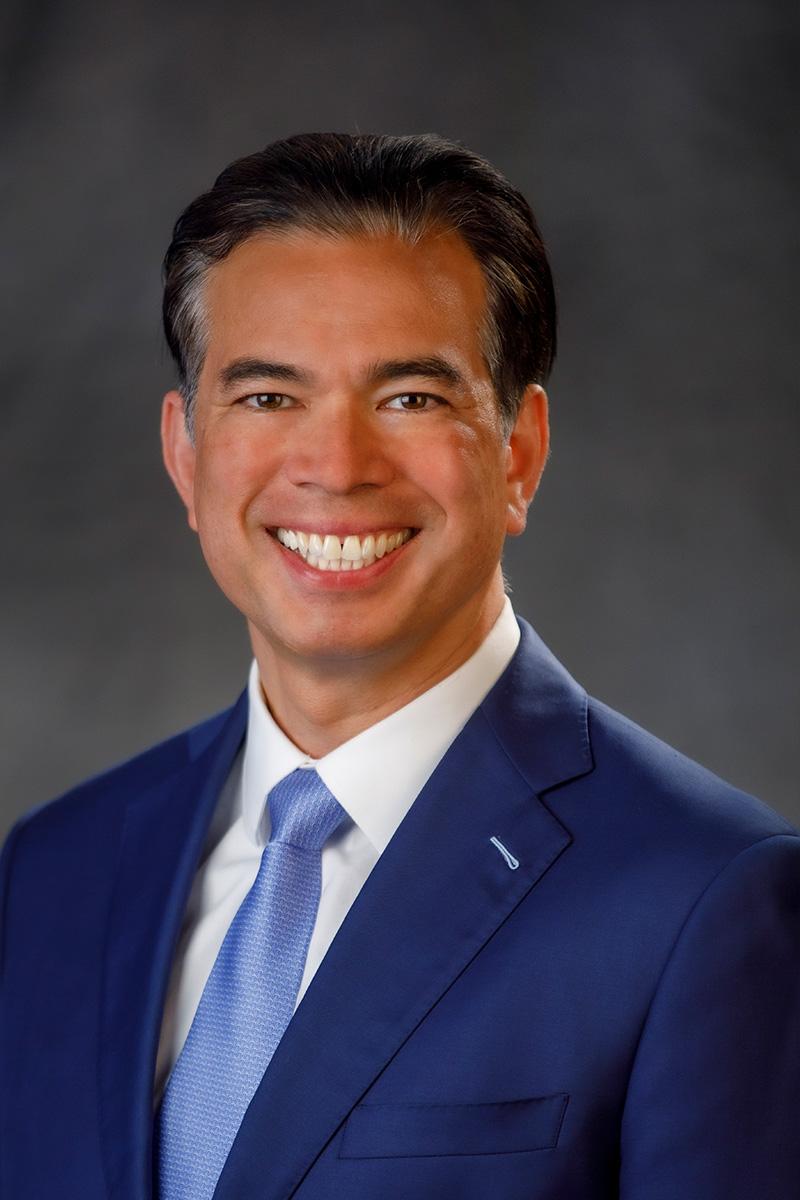California Attorney General Bonta Recommends Actions to Reduce Lead Exposure and Disparities in Communities Across the Country
March 18, 2022 - OAKLAND – California Attorney General Rob Bonta, as part of a multistate coalition, submitted comments to the Environmental Protection Agency (EPA) on its Draft Strategy to Reduce Lead Exposures and Disparities in U.S. Communities (Lead Strategy). Lead contamination is a leading public health threat in California, particularly in disadvantaged communities that experience above average lead exposure from various sources of lead pollution. In the comments, the coalition identifies the primary sources of lead exposure across the country and recommends specific actions the EPA can take to reduce or eliminate lead from these sources.
“Lead exposure in the United States is a public health crisis, and one that we urgently need to address,” said Attorney General Bonta. “The EPA’s Lead Strategy recognizes a simple fact: That lead pollution disproportionately impacts low-income communities and communities of color. At the California Department of Justice, we've fought to reduce lead levels in consumer products and the environment, but we need strong federal action to address longstanding inequities in lead exposure. I urge the EPA to move swiftly to incorporate our feedback to reduce or eliminate lead from major sources of lead pollution. We owe it to our children and our grandchildren to take action here.”
The negative health impacts of lead exposure are well-documented. Short-term and prolonged lead exposure can cause memory loss, nausea, fatigue, and increase the risk of developing hypertension, heart disease, kidney disease, and infertility. Lead exposure is particularly dangerous for children, whose developing brains and nervous systems are more sensitive to its damaging effects. Impacts of lead exposure in children include behavioral issues, reduced IQ, slowed body growth, and a predisposition to depression, anxiety, or high-risk behavior. There is widespread scientific consensus that there is no safe level of lead exposure.
The EPA’s recently published Lead Strategy was developed to “reduce lead exposures in communities, and particularly those with environmental justice concerns” by using a science-informed approach to develop and implement actions to prevent new and ongoing exposure to lead. In the comment letter, the coalition provides recommendations to help the EPA achieve this goal:
Lead in Drinking Water: Most lead enters drinking water from corroded pipes, faucets, and fixtures that contain lead or brass, and is exacerbated if water has high acidity or low mineral content. There are an estimated 6 to 10 million lead service lines in the United States, including approximately 65,000 lead service lines in California. Dangerous levels of lead are disproportionately found in environmental justice communities that have older houses and lack the financial resources to remove old lead pipes and fixtures.
The EPA should promptly reconsider and strengthen the Trump-era Lead and Copper Rule. The EPA should also ensure that the billions of dollars allocated for lead pipe replacement in the 2021 Infrastructure Bill are distributed equitably to environmental justice communities most impacted by these lead pipes.

Lead Air Emissions: The combustion of leaded aviation gas is the single largest contributor of airborne lead emissions, with piston-engine planes releasing more than 930,000 pounds of lead in 2017. These emissions are a significant health risk for the more than 16 million people living and 3 million children going to school within one kilometer of an airport. Nowhere is the threat of aviation gas more concentrated and pernicious than in California, which ranks first in the nation for lead-polluting airports.
The Clean Air Act authorizes the EPA to determine whether an air pollutant endangers public health or welfare and causes or contributes to air pollution. An endangerment determination for leaded aviation gas would require the Federal Aviation Administration to set new aircraft fuel standards to control or eliminate lead emissions from aviation fuels.The EPA should include its recently announced deadlines for making an endangerment determination on aviation gas in its final Lead Strategy.
Lead Exposures in Residential Settings: Lead-based paint in homes is the greatest single source of lead poisoning in America, and disparately impacts low-income families and families of color. The EPA’s Lead Strategy should adopt a data-informed approach to mitigate the dangers of lead paint in housing, work with the Department of Housing and Urban Development to update its lead paint regulations and policies, and enhance enforcement of lead paint regulations.
Lead in Food: The EPA’s Lead Strategy does not currently include food as a source of lead exposure, leaving unaddressed a significant lead exposure pathway. In order to mitigate the risk of lead contamination in food, the EPA's Lead Strategy should be revised to include plans for the EPA to work collaboratively with other federal agencies, such as the Food and Drug Administration and Department of Agriculture, to strengthen the regulation of lead in food.
Attorney General Bonta is committed to fighting environmental injustices throughout California and being a voice for frontline communities hit first and worst by environmental pollution. On April 28, 2021, Attorney General Bonta announced the expansion of the California Department of Justice’s Bureau of Environmental Justice. You can find more information on the Bureau and its work at: oag.ca.gov/environment/justice.
In filing the letter, Attorney General Bonta joins the attorneys general of New York, Connecticut, Delaware, District of Columbia, Hawaii, Iowa, Maine, Maryland, Massachusetts, Michigan, Minnesota, New Mexico, North Carolina, Oregon, Pennsylvania, Rhode Island, Vermont, and Wisconsin.
A copy of the letter can be found here.
Source: CA. DOJ








